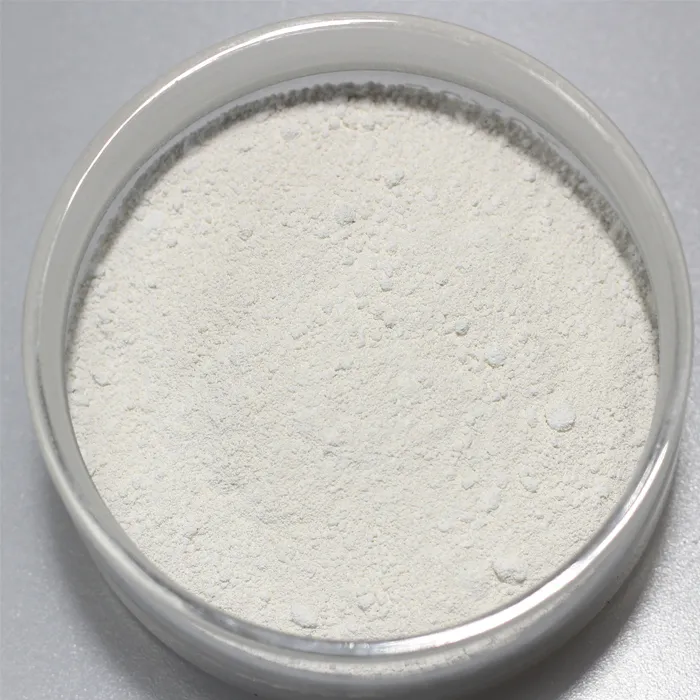Cyanide Removal from Industrial Wastewater Techniques and Challenges
Cyanide is a highly toxic compound commonly used in various industrial processes, particularly in mining, electroplating, and the production of synthetic fibers. Its presence in wastewater poses severe environmental and health risks. The effective removal of cyanide from industrial wastewater is thus a critical concern for both regulatory compliance and environmental protection.
Sources of Cyanide Contamination
Cyanide can enter the environment through several routes, including the discharge of wastewater from industries that use cyanide in their production processes. In mining, cyanide is often utilized in leaching processes to extract gold and other precious metals from ore. Residual cyanide may contaminate water sources if not properly managed. Similarly, in electroplating and plastic manufacturing, cyanide-containing solutions can be a byproduct, necessitating effective treatment to prevent contamination of ecosystems.
Health and Environmental Risks
The toxic nature of cyanide poses significant risks to human health and the environment. Exposure to cyanide can result in acute poisoning, which can be fatal if not treated immediately. Chronic exposure, even at low levels, can cause serious health issues, including neurological damage. From an environmental perspective, cyanide can inhibit the growth of aquatic life, disrupt food chains, and lead to biodiversity loss in affected water bodies. Hence, it is vital to implement effective cyanide removal strategies in wastewater treatment processes.
Treatment Technologies
A variety of methods have been developed for the removal of cyanide from industrial wastewater. The selection of an appropriate technique often depends on factors such as the concentration of cyanide, the specific industrial application, and regulatory requirements. Key methods include
1. Chemical Oxidation Chemical oxidation is one of the most common methods for cyanide removal. Agents such as chlorine, hydrogen peroxide, and ozone are used to convert cyanide into less harmful compounds. For instance, the chlorination process can effectively break down cyanide, but it requires careful management to minimize the formation of toxic byproducts.
cyanide removal from industrial wastewater

2. Biodegradation Biodegradation harnesses the natural metabolic processes of microorganisms to remove cyanide from wastewater. Certain bacteria can utilize cyanide as a nitrogen source, metabolizing it into less toxic compounds like ammonia. This method is environmentally friendly but can be slower and is dependent on suitable environmental conditions for microbial activity.
3. Adsorption Adsorption techniques involve the use of activated carbon or other adsorbent materials to capture cyanide from wastewater. This method can be effective for low concentrations of cyanide and allows for the recovery of the adsorbent material for reuse. However, the process requires regular regeneration or replacement of adsorbents due to saturation.
4. Reverse Osmosis Reverse osmosis (RO) is a membrane filtration technology that can remove a wide range of contaminants, including cyanide. While RO is effective, it can be costly and is typically used as a final polishing step after other treatment methods.
Challenges in Cyanide Removal
Despite the availability of various treatment technologies, several challenges remain in achieving effective cyanide removal from industrial wastewater. One significant challenge is the formation of complex cyanide compounds, such as thiocyanates, which are more resistant to conventional treatment methods. Furthermore, the presence of other contaminants in wastewater can interfere with the effectiveness of removal techniques, necessitating integrated treatment approaches.
Additionally, regulatory standards for cyanide concentrations in wastewater discharge can vary significantly by region, complicating compliance efforts for industries working in multiple jurisdictions. Continuous monitoring and adaptation of treatment strategies are essential to meet these evolving standards.
Conclusion
The removal of cyanide from industrial wastewater is a complex but essential process that requires a combination of innovative technologies and robust regulatory frameworks. As industries continue to grapple with environmental responsibilities, advancements in treatment methods and a deeper understanding of the toxicological impacts of cyanide will be crucial in protecting public health and the environment. Comprehensive management of cyanide-containing waste not only facilitates compliance with regulations but also fosters sustainable industrial practices.

